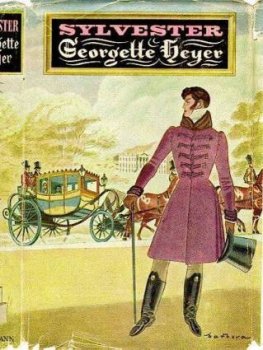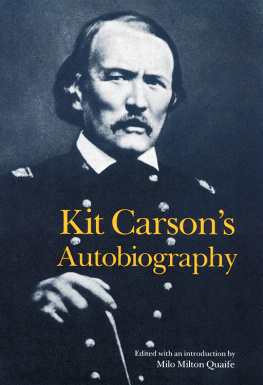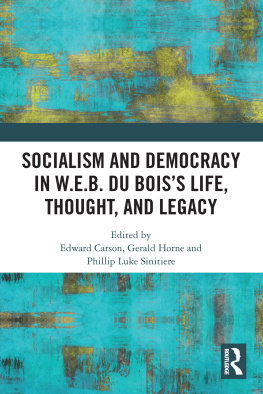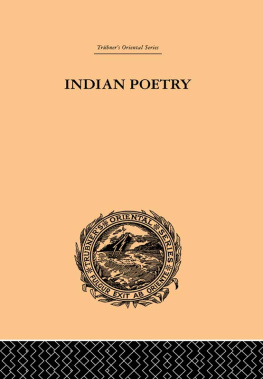INTRODUCTION
Table of Contents
Christopher Carson, or as he was familiarly called, Kit Carson, was a man whose real worth was understood only by those with whom he was associated or who closely studied his character. He was more than hunter, trapper, guide, Indian agent and Colonel in the United States Army. He possessed in a marked degree those mental and moral qualities which would have made him prominent in whatever pursuit or profession he engaged.
His lot was cast on the extreme western frontier, where, when but a youth, he earned the respect of the tough and frequently lawless men with whom he came in contact. Integrity, bravery, loyalty to friends, marvelous quickness in making right decisions, in crisis of danger, consummate knowledge of woodcraft, a leadership as skilful as it was daring; all these were distinguishing traits in the composition of Carson and were the foundations of the broader fame which he acquired as the friend and invaluable counselor of Fremont, the Pathfinder, in his expeditions across the Rocky Mountains.
Father Kit, as he came to be known among the Indians, risked his life scores of times for those who needed, but had no special claim upon his services. The red men were quick to learn that he always spoke with a "single tongue," and that he was their unselfish friend. He went among his hostiles when no one of his race dare follow him; he averted more than one outbreak; he secured that which is impossible to securejustice for the Indianand his work from the time when a mere boy he left his native Kentucky, was always well done. His memory will forever remain fragrant with those who appreciate true manhood and an unswerving devotion to the good of those among whom he lived and died.
CHAPTER I.
Table of Contents
Kit Carson's YouthHis Visit to New MexicoActs as Interpreter and in
Various Other EmploymentsJoins a Party of Trappers and Engages in a
Fight with IndiansVisits the Sacramento Valley.
"Kit Carson," the most famous hunter, scout and guide ever known in this country, was a native of Kentucky, the scene of the principal exploits of Daniel Boone, Simon Kenton, the Wetzel brothers and other heroic pioneers whose names are identified with the history of the settlement of the West.
Christopher Carson was born in Madison county, December 24, 1809, and, while he was still an infant, his father removed to Central Missouri, which at that day was known as Upper Louisiana. It was an immense wilderness, sparsely settled and abounding with wild animals and treacherous Indians. The father of Carson, like most of the early pioneers, divided his time between cultivating the land and hunting the game in the forests. His house was made strong and was pierced with loopholes, so as to serve him in his defence against the red men that were likely to attack him and his family at any hour of the day or night. In such a school was trained the wonderful scout, hunter and guide.
No advantages in the way of a common school education were within reach of the youth situated as was Kit Carson. It is to be believed, however, that under the tutelage of his father and mother, he picked up a fair knowledge of the rudimentary branches, for his attainments in that respect were above the majority of those with whom he was associated in after life.
While a mere stripling, Kit became known as one of the most skilful rifle shots in that section of Missouri which produced some of the finest marksmen in the world. It was inevitable that he should form a passion for the woods, in which, like the great Boone, he would have been happy to wander for days and weeks at a time.
When fifteen years old, he was apprenticed to a saddler, where he stayed two years. At the end of that time, however, the confinement had become so irksome that he could stand it no longer. He left the shop and joined a company of traders, preparing to start for Santa Fe, the capital of New Mexico, one of the most interesting towns in the southwest. The majority of its population are of Spanish and Mexican origin and speak Spanish. It is the centre of supplies for the surrounding country, and is often a scene of great activity. It stands on a plateau, more than a mile above the sea level, with another snow capped mountain rising a mile higher. The climate is delightful and the supply of water from the springs and mountains is of the finest quality.
Santa Fe, when first visited by the Spaniards in 1542, was a populous Indian pueblo. It has been the capital of New Mexico for nearly two hundred and fifty years. The houses of the ancient town are made of adobe, one story high, and the streets are unpaved, narrow, crooked and ill looking. The inhabitants are of a low order, scarcely entitled to be ranked above the half civilized, though of late years the infusion of western life and rugged civilization has given an impetus and character to the place for which, through three centuries, it waited in vain.
The company to which young Kit Carson attached himself, was strongly armed and it made the perilous journey, across rivers, mountains and prairies, through a country infested with fierce Indians, without the loss of one of their number. This immunity was due to their vigilance and knowledge of the ways of the hostiles who, it may be said, were on all sides, from the beginning to the end of their journey.
After reaching Santa Fe, Carson left the party and went to Taos, a small station to the north of Santa Fe. There he stayed through the winter of 182627, at the home of a veteran pioneer, from whom he gained not only a valuable knowledge of the country and its people, but became familiar with the Spanish languagean attainment which proved invaluable to him in after years. In the spring, he joined a party which set out for Missouri, but before reaching its destination, another company of traders were met on their way to Santa Fe. Young Carson joined them, and some days later was back again in the quaint old capital of New Mexico.
The youth's engagement ended with his arrival in the town, but there was nothing indolent in the nature of Carson, who immediately engaged himself as teamster to a company about to start to El Paso, on the Rio Grande, near the frontier of New Mexico. He did not stay long before drifting back to Santa Fe, and finally to Taos, where he hired out as a cook during the following winter, but had not wrought long, when a wealthy trader, learning how well Carson understood the Spanish language, engaged him as interpreter.
This duty compelled the youth to make another long journey to El Paso and Chihuahua, the latter being the capital of the province of the same name, and another of those ancient towns whose history forms one of the most interesting features of the country. It was founded in 1691 and a quarter of a century later, when the adjoining silver mines were in full operation, had a population of 70,000, though today it has scarcely a fifth of that number.
The position of interpreter was more dignified than any yet held by Carson, and it was at his command, as long as he chose to hold it; but to one of his restless nature it soon grew monotonous and he threw it up, making his way once more to Taos. The employment most congenial to Carson's nature, and the one which he had been seeking ever since he left home, was that of hunter and trapper. The scarred veterans whom he met in the frontier and frontier posts gave him many accounts of their trapping experiences among the mountains and in the gloomy fastnesses where, while they hunted the bear, deer, beaver and other animals, the wild Indian hunted them.











